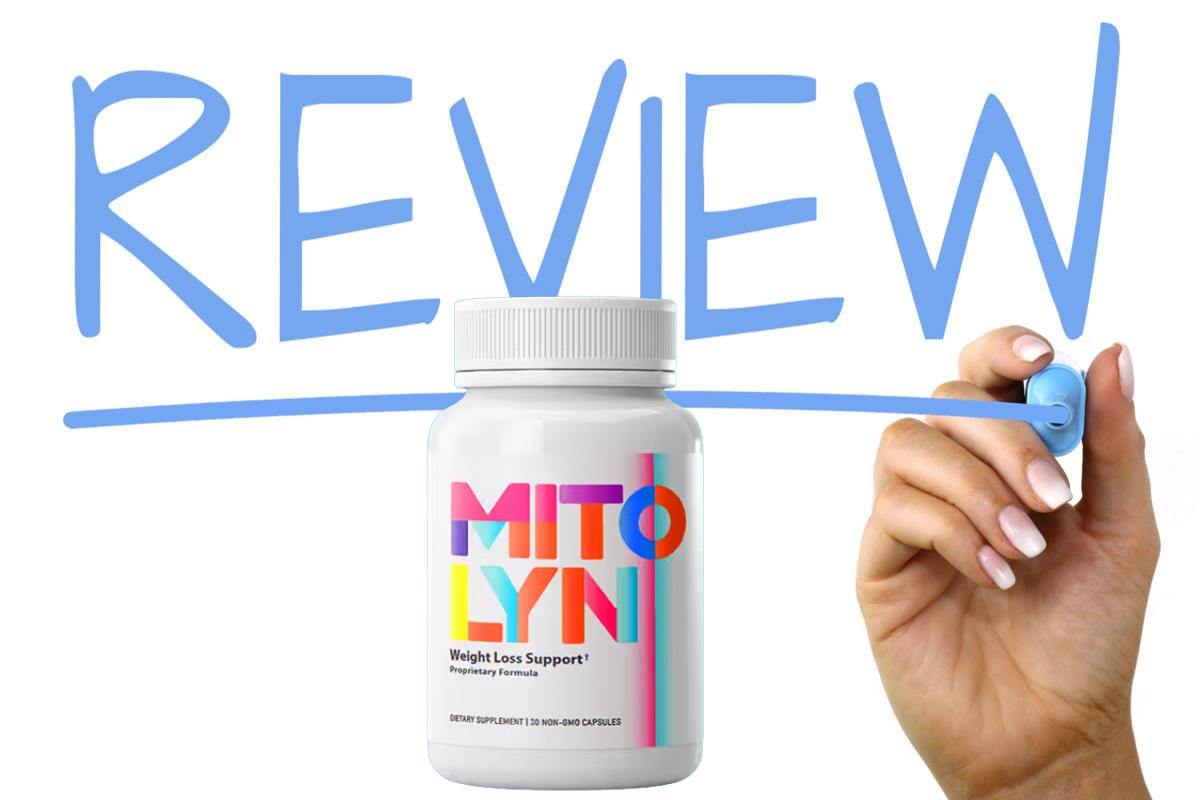When you turn 65, understanding the costs associated with Medicare is essential for your budget. The average monthly premium for Part B is around $170.10, but your income could adjust that. Plus, if you haven’t worked enough to qualify for premium-free Part A, you’ll face additional charges. But that’s just the beginning; there are other costs to take into account that can add up quickly. So, what else should you keep in mind?
Understanding Medicare Parts A and B Costs
When you turn 65, understanding Medicare Parts A and B costs becomes essential for managing your healthcare expenses.
Medicare Part A, which covers hospital stays and inpatient care, is typically premium-free if you or your spouse paid Medicare taxes for at least 40 quarters. However, there are deductibles and coinsurance to take into account.
On the other hand, Part B covers outpatient services, preventive care, and doctor visits, and it usually requires a monthly premium. You’ll also face an annual deductible before your coverage kicks in.
Knowing these costs helps you budget effectively and avoid surprises. Familiarizing yourself with the details of Parts A and B guarantees you’re prepared for the financial responsibilities that come with your Medicare coverage.
Average Monthly Premiums for Medicare
On average, most people pay around $170.10 per month for Medicare Part B premiums in 2023. This premium can vary based on your income. If you earn above a certain threshold, you might pay an Income Related Monthly Adjustment Amount (IRMAA), which increases your premium.
Medicare Part A, on the other hand, is typically premium-free if you’ve worked at least 40 quarters. However, if you haven’t, you could face a monthly premium ranging from $278 to $506, depending on your work history.
It’s essential to review your personal situation to estimate your costs accurately. Additionally, Medicare Advantage plans may have different premiums, so exploring all your options can help you find the best fit for your needs.
Deductibles and Out-of-Pocket Expenses
Understanding deductibles and out-of-pocket expenses is essential for managing your Medicare costs. When you enroll in Medicare, you’ll encounter deductibles that you must pay before your coverage kicks in. For instance, in 2023, Part A has a deductible of around $1,600 per benefit period, while Part B has a lower deductible of about $226 annually.
Out-of-pocket expenses, like copayments and coinsurance, can add up quickly. After you meet your deductible, you may still need to pay a percentage of your medical costs.
It’s wise to budget for these expenses, as they can vary based on your healthcare needs. Knowing what to expect lets you plan effectively and avoid financial surprises as you navigate your Medicare journey.
Additional Costs With Medicare Advantage Plans
While Medicare Advantage plans can offer additional benefits beyond Original Medicare, they often come with extra costs you should be aware of. These plans may charge a monthly premium in addition to your Medicare Part B premium.
You might also encounter copayments and coinsurance for various services, which can add up quickly. Additionally, some plans have annual out-of-pocket maximums, limiting your total spending but still leaving you with potential expenses.
It’s essential to review each plan’s specific costs, as they can vary considerably. Keep in mind that if you choose a plan with a narrower network, you may face higher costs for out-of-network care.
Understanding these potential expenses can help you budget more effectively for your healthcare needs.
Financial Assistance Options for Medicare Beneficiaries
Steering the costs of Medicare can be overwhelming, especially when you’re on a fixed income.
Thankfully, there are financial assistance options available to help you manage these expenses. Programs like Medicaid can cover costs that Medicare doesn’t, such as premiums and out-of-pocket expenses.
You might also qualify for the Medicare Savings Program, which helps pay for premiums, deductibles, and copayments.
Another option is the Extra Help program, specifically designed for those with limited income and resources to assist with prescription drug costs.
It’s crucial to explore these resources, as they can greatly reduce your financial burden and guarantee you receive the healthcare you need without breaking the bank.
Don’t hesitate to reach out for help steering these options!
Conclusion
In conclusion, as you approach age 65, it’s essential to understand the average costs associated with Medicare. You’ll typically pay around $170.10 monthly for Part B, while Part A may be premium-free if you’ve worked long enough. Don’t forget to factor in deductibles, copayments, and any additional expenses from Medicare Advantage plans. Exploring financial assistance options can also help manage these costs, ensuring you’re prepared for a healthier, financially sound future.














